Neodymium Magnets: A Buying Guide
Learn everything you need to know about neodymium magnets and see some of the best products available in our guide.

Our easy-to-follow guide includes everything you need to know about neodymium magnets, including an explanation of what they are and a useful outline of the different types available.
What are Neodymium Magnets?
First things first - what are neodymium magnets? They are permanent magnets (i.e. they generate their own magnetic field) made from an alloy of the metallic elements neodymium, iron and boron. As the strongest commercially-available magnet, they can lift objects many times their own weight and are widely used as positioning, pulling and clamping components in sectors such as engineering, manufacturing, education, research and industry.
Neodymium magnets are also known as neo, NIB, or NdFeB magnets, a name derived from the chemical symbols for each of their three constituent elements. They are sometimes also referred to as rare earth magnets because neodymium is a so-called ‘rare earth’ mineral, a subset of 17 chemically-similar elements. However, this term should be used with caution in this context as it can also refer to more specialist magnets made from a different rare earth mineral called samarium.
Neodymium Magnets: The Manufacturing Process
There are two principal ways that neodymium magnets can be made - ‘sintered’ or ‘bonded’. Each refers to a different manufacturing process, as detailed below:
-
Sintering is the process of pressure forming the raw materials into blocks before putting them through an intricate heating process. The block will then be cut into the required shape and coated to avoid corrosion
-
Bonding involves the creation of magnets by mixing raw materials and binding with epoxy, before being pressed into a die cavity and heat cured
Sintered neodymium magnets are typically about double the strength of their bonded counterparts. Conversely, bonded NIB magnets are more versatile and affordable, as a general rule. This is because bonded neodymium magnets can be formed into a wide range of different sizes and shapes as required, whereas sintered magnets are confined to comparatively simple shapes as they can be quite brittle.
Physical and Mechanical Properties of Neodymium Magnets
In comparison to other types of permanent magnet, NdFeB magnets have:
-
A stronger magnetic field: a property called remanence
-
Much greater resistance to demagnetisation: a quality called coercivity
-
A denser magnetic field: technically termed a high maximum energy product or level of saturation magnetisation. This provides these magnets with significant pulling power
-
Lower resistance to high temperatures, which will induce demagnetisation. The temperature at which a magnet will demagnetise is called its Curie temperature
Neodymium Magnet Grades
Sintered NdFeB magnets are ranked by their maximum energy product, a number that ranges from N30 to N52. This figure, in a unit of measurement called megagauss-oersteds, indicates the level of stored energy in the magnet. Magnets with higher N grades will typically be more brittle than those with lower numbers.
The proceeding ‘N’ refers to neodymium and some grades also feature suffixed letters indicating the coercivity of the magnet.
Neodymium Magnets: A Comparison Table
Neodymium magnets are produced in a variety of versatile designs for different applications. You can see more in the table below:
|
|
Product Image |
Typical Applications |
|
Bar, N35 |
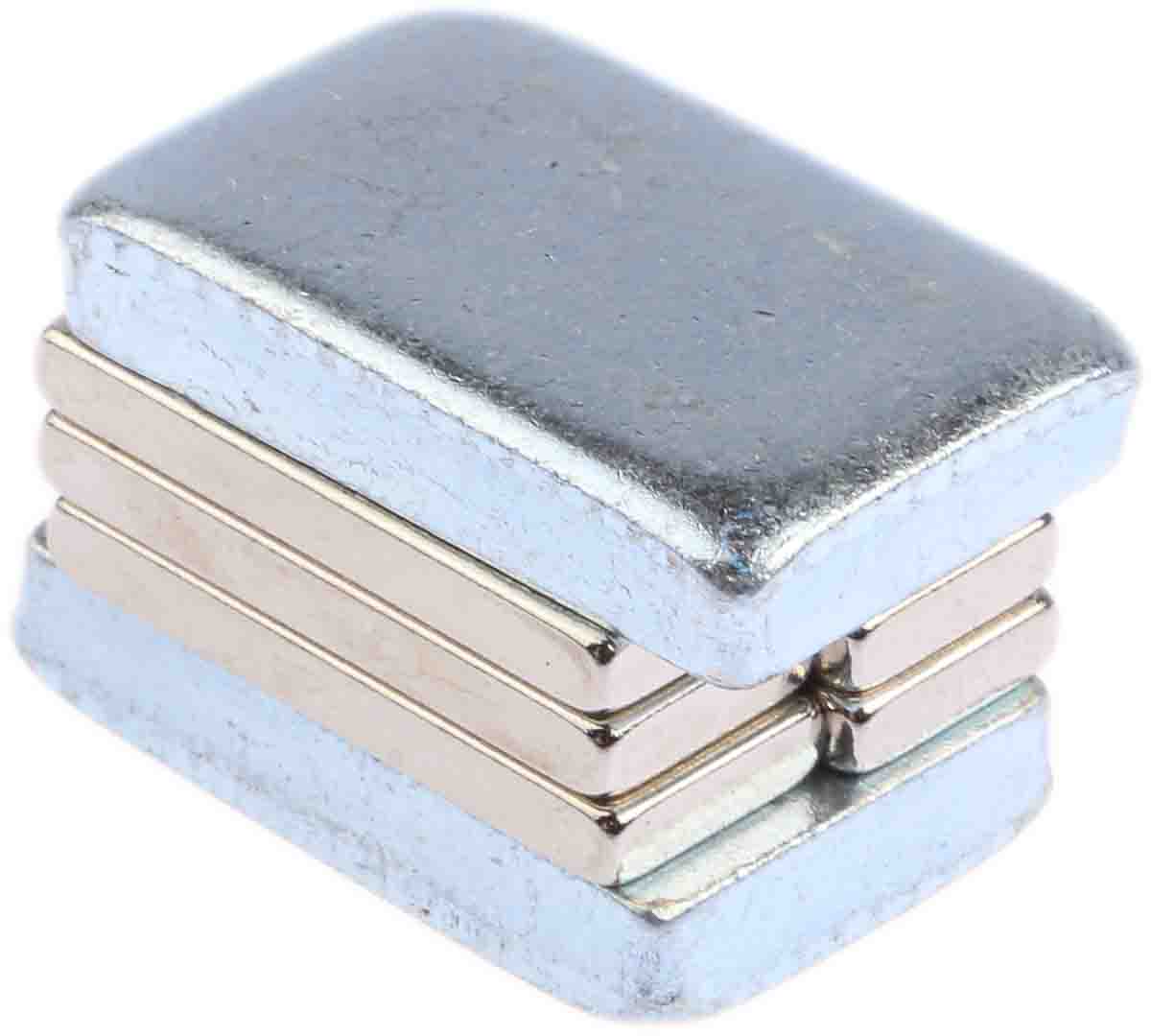 |
Attracting, clamping and positioning |
 |
Attracting, clamping and positioning |
|
| Disc, N35 | 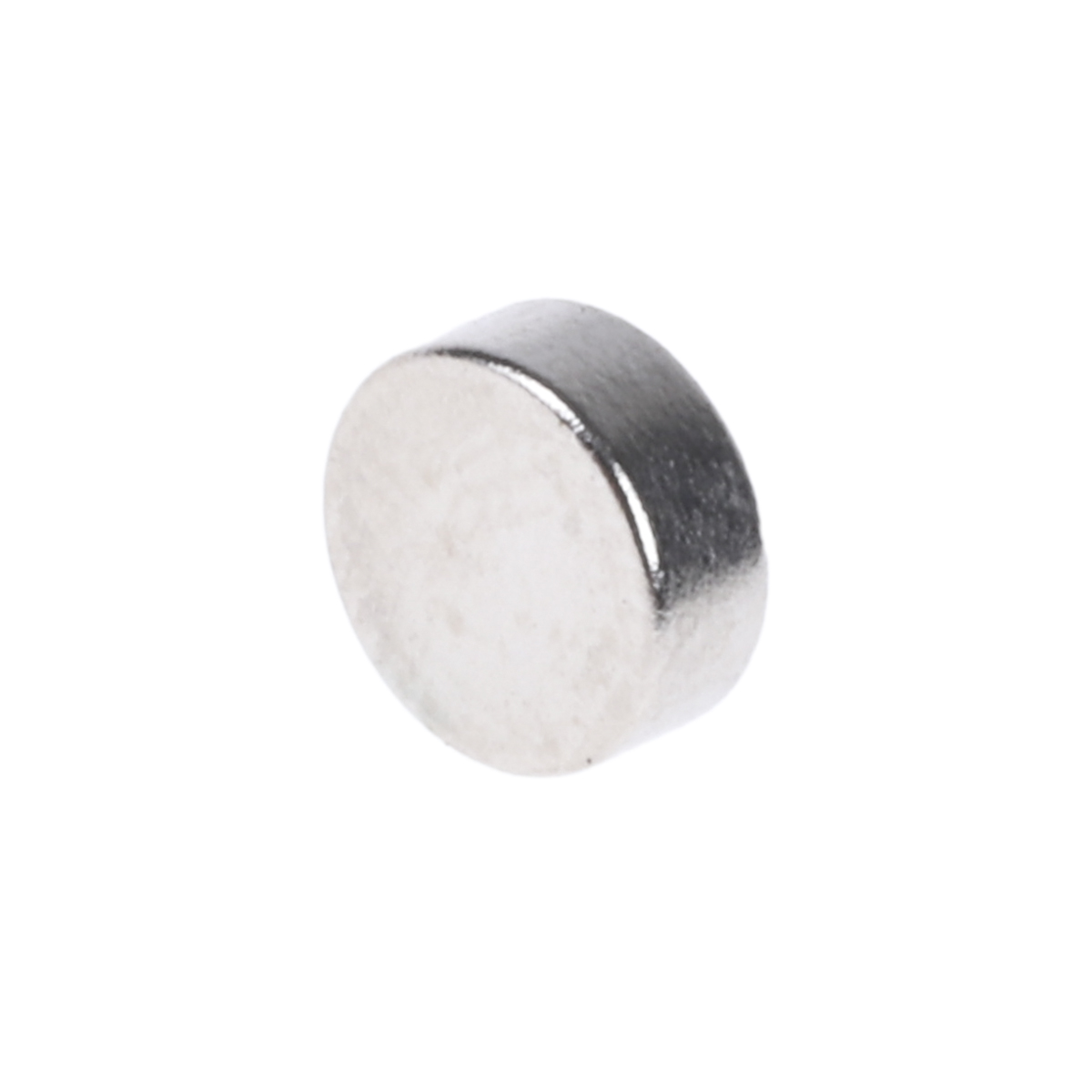 |
Attracting, clamping and positioning |
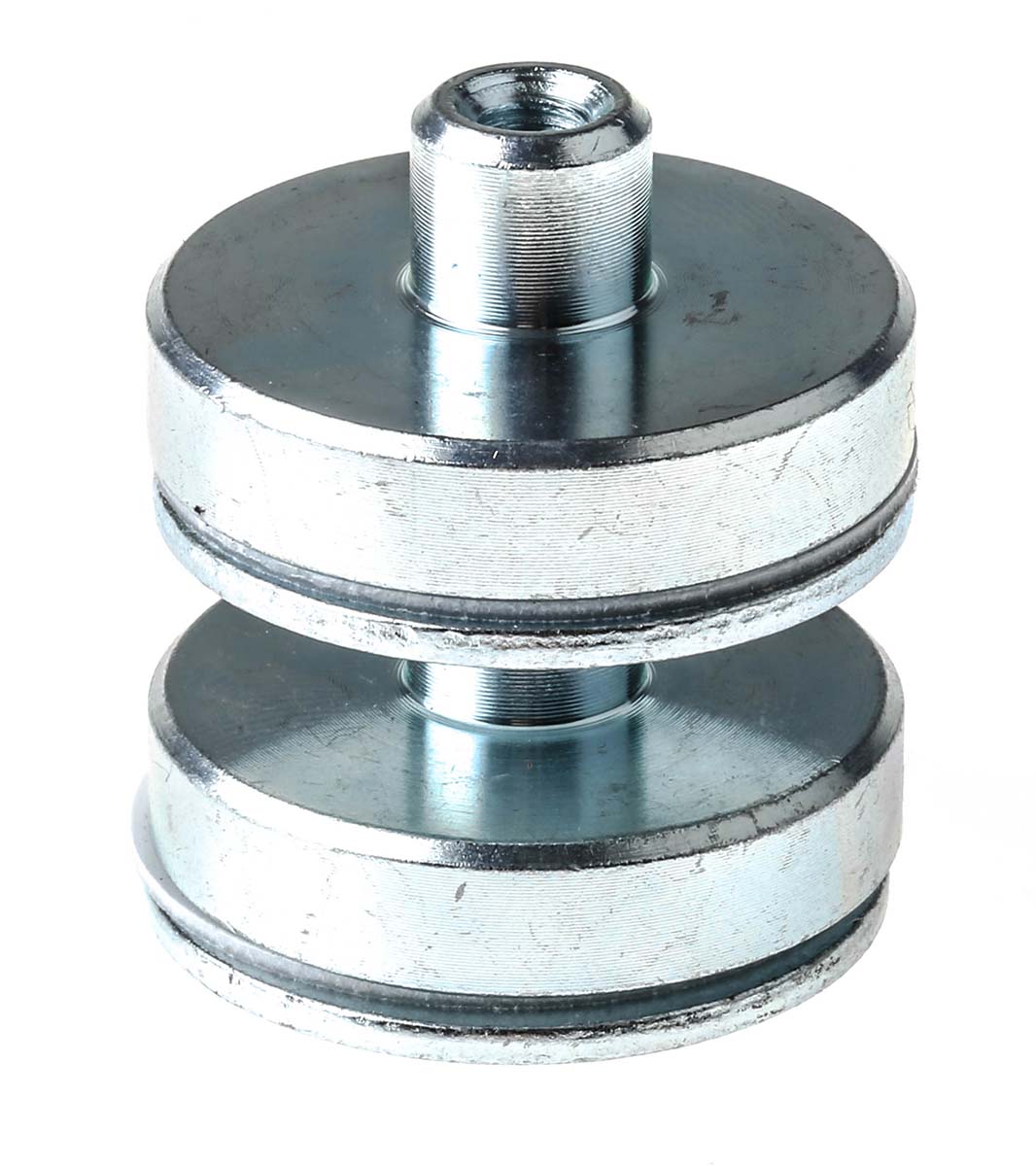 |
Fixing, lifting and closure |
|
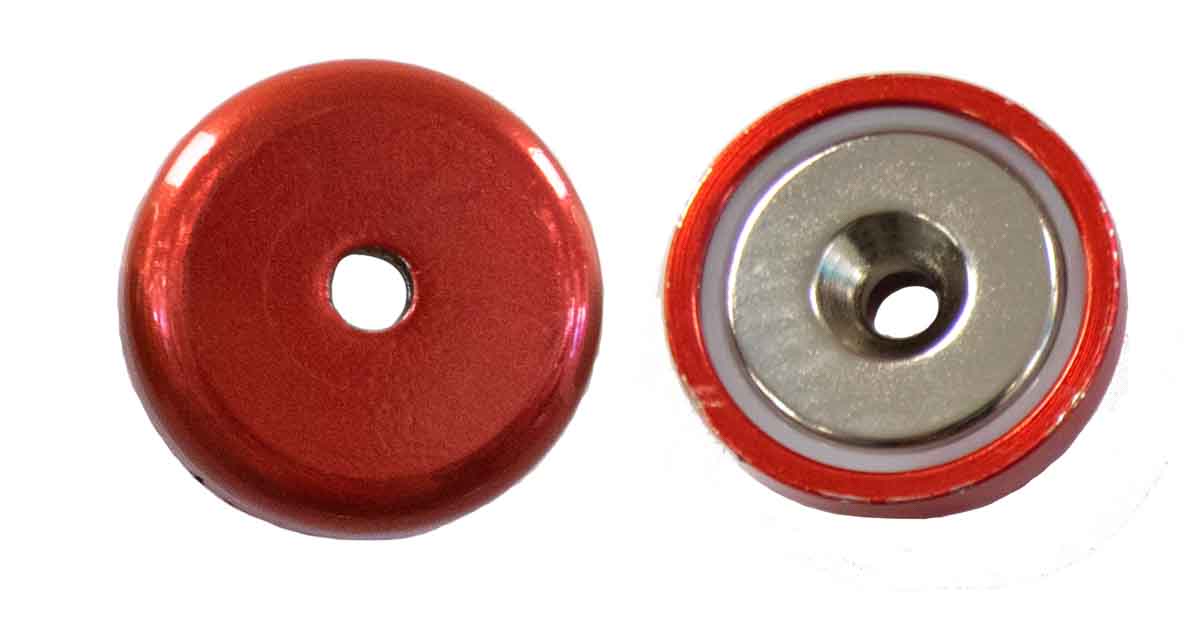 |
Screw fixing |
|
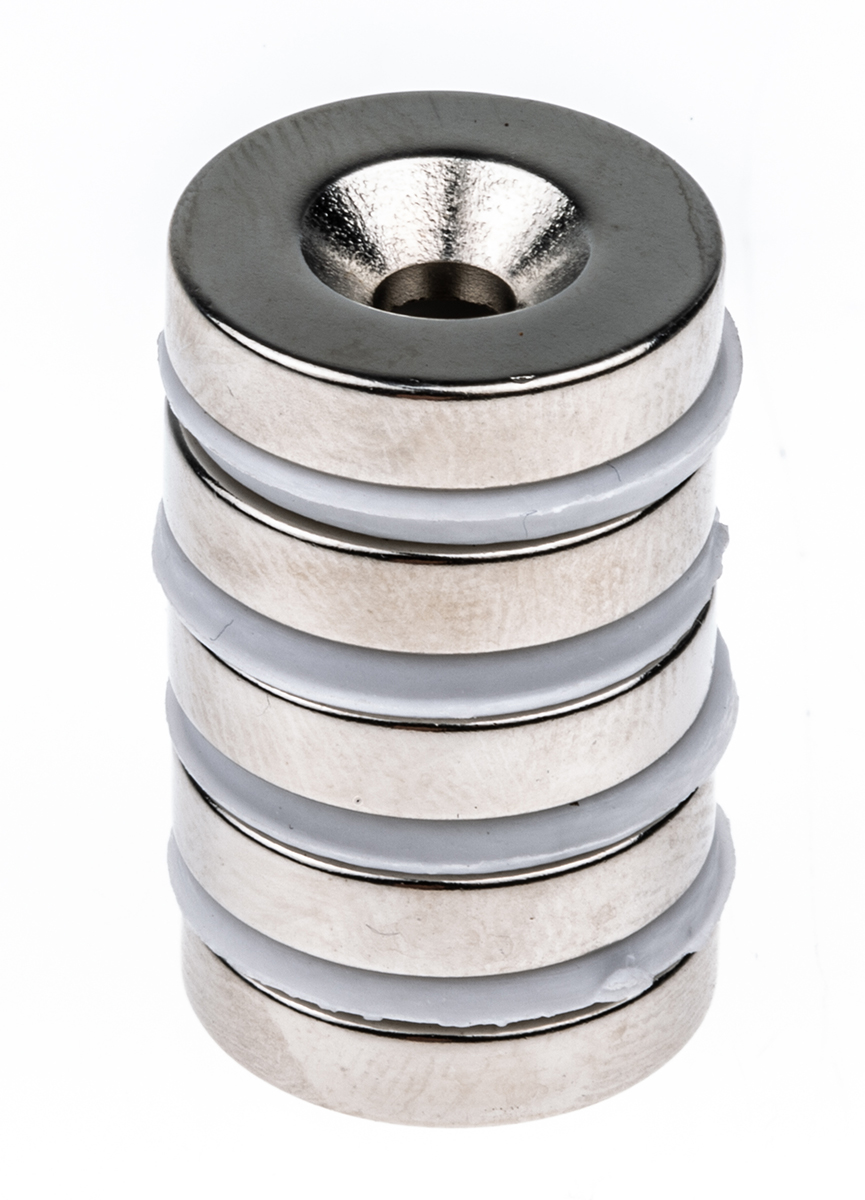 |
Attracting, clamping and positioning applications - the threaded holes allow secure ‘mating’ (attachment of one electrical component to another) |
FAQs
How Strong is a Neodymium Magnet?
Neodymium magnets are the strongest commercially available magnets. Their holding force is typically over 10 times that of more familiar ceramic (ferrite) magnets.
Do Neodymium Magnets Wear Out?
NdFeB magnets are sensitive to high temperatures and will lose their charge if exposed to these for a significant period of time. In other words, they have a comparatively low Curie temperature - approximately 80℃.
However, without exposure to high temperatures, neodymium magnets will retain their charge for a very long time, losing as little as 5% every 100 years.
Will Neodymium Magnets Harm Credit Cards?
In theory, yes, strong magnets can damage the data stored in the strip across the back of credit and debit cards. That being said, the strength of the magnet is less important than the length of the card’s exposure to the magnet. Even a weak magnet could erase the data if it comes into contact with the card for a long enough period of time.
How Long Do Neodymium Magnets Last?
In short, a very long time! In optimal conditions, without excessive exposure to high temperatures or corrosive environments, neodymium magnets will retain the majority of their magnetic charge for hundreds of years.
Why are Neodymium Magnets So Powerful?
These magnets are powerful because they combine high coercivity with a high maximum energy product. In other words, they produce a dense magnetic field that will resist decay.
Can You Grind Neodymium Magnets?
No. Neodymium is a hard, brittle substance with a texture similar to glass. It will chip and break if grinding is attempted.
Can You Drill a Hole in a Neodymium Magnet?
No. Drilling will produce potentially hazardous dust and create high temperatures which could encourage demagnetisation. It will also remove the anticorrosive coating from the drilled area - see below for more on this.
Do Neodymium Magnets Resist Corrosion?
Sintered NdFeB magnets are vulnerable to corrosion, with graining along the metals especially prone to erosion. At its worst, corrosion can induce serious powdering or fragmentation of the entire magnet. To address this, most commercial neodymium magnets feature a protective outer coating for resistance to atmospheric wear. This is typically made from nickel, a copper-nickel alloy, polymer or lacquer.
How Do You Store Neodymium Magnets?
As they are sensitive to both high temperatures and corrosion, neodymium magnets should be stored in a mild environment with low humidity. To minimise the accumulation of atmospheric particles on either the magnets themselves or their outer packing, it’s recommended to store them in closed, dust-free containers, within the original manufacturer’s wrapping if possible.
Related Guides
Browse some of our other articles below and discover more useful guides to help you select the most suitable product for your requirements.
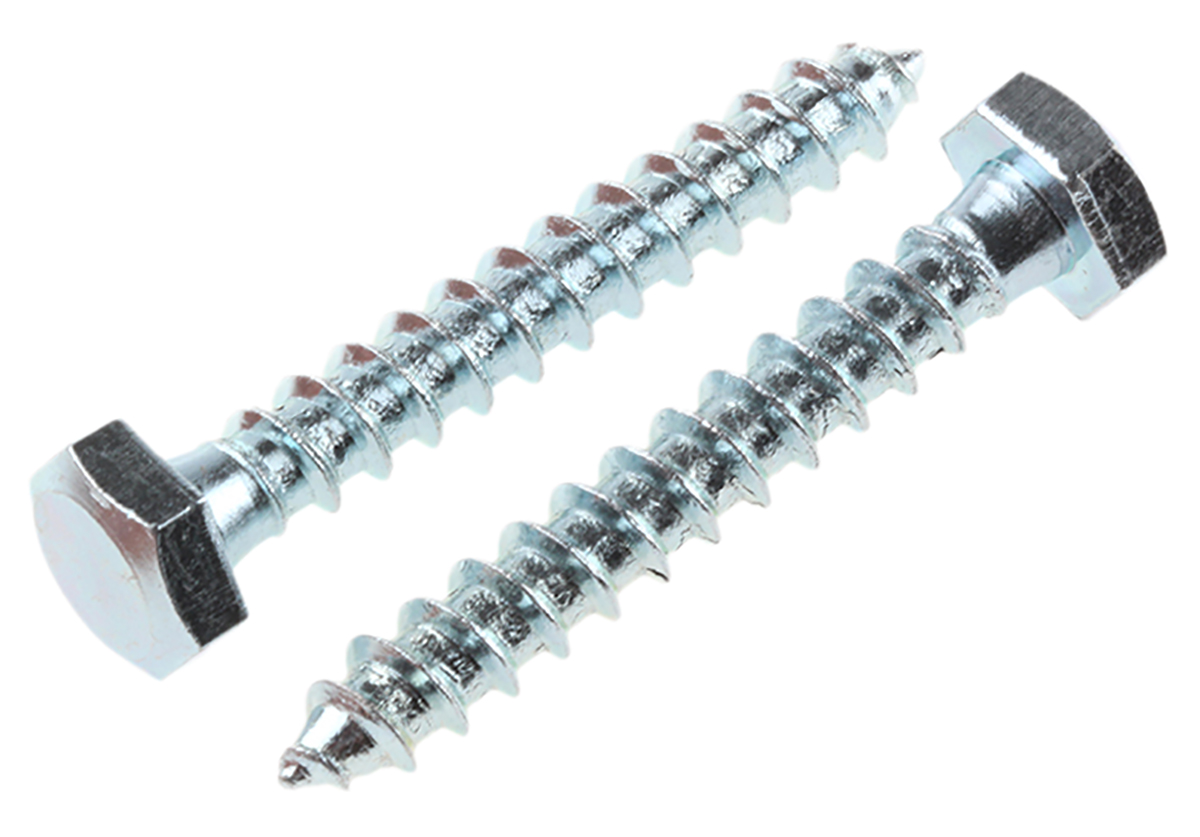
Coach Screws Guide
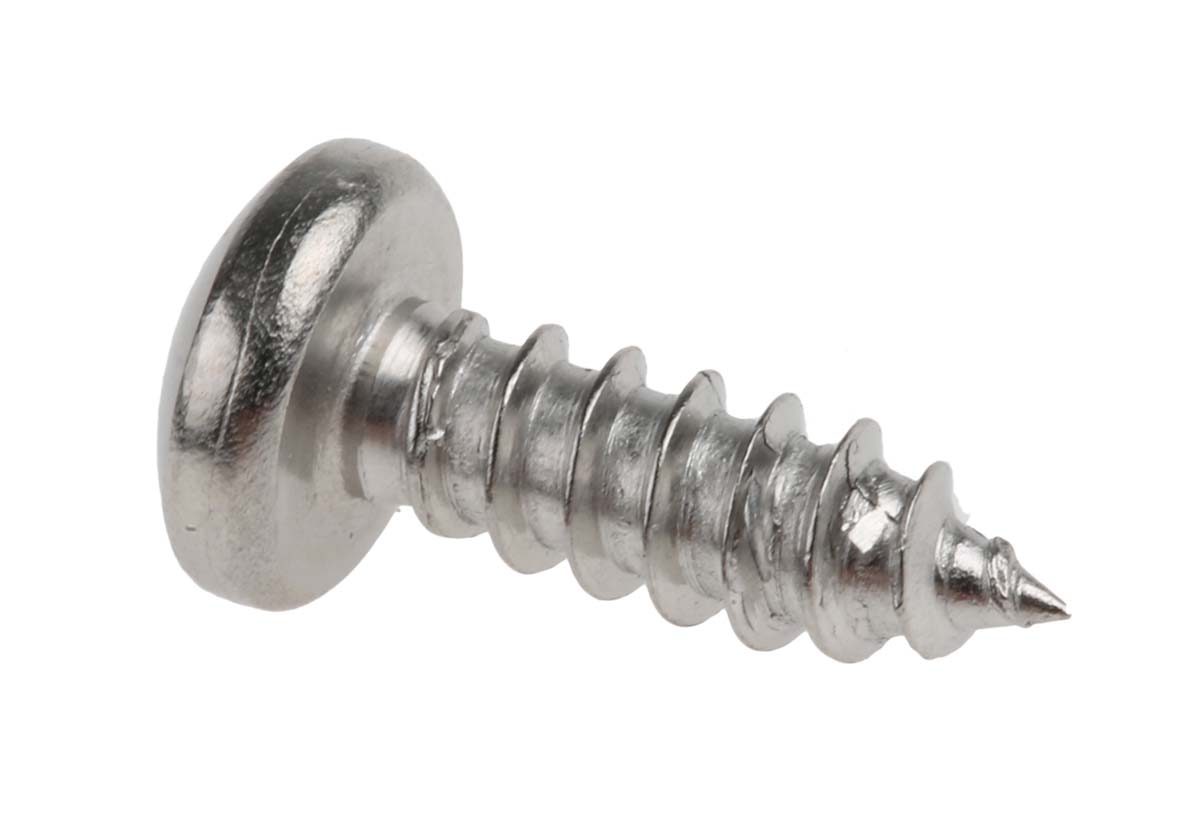
Self-Tapping Screws Guide
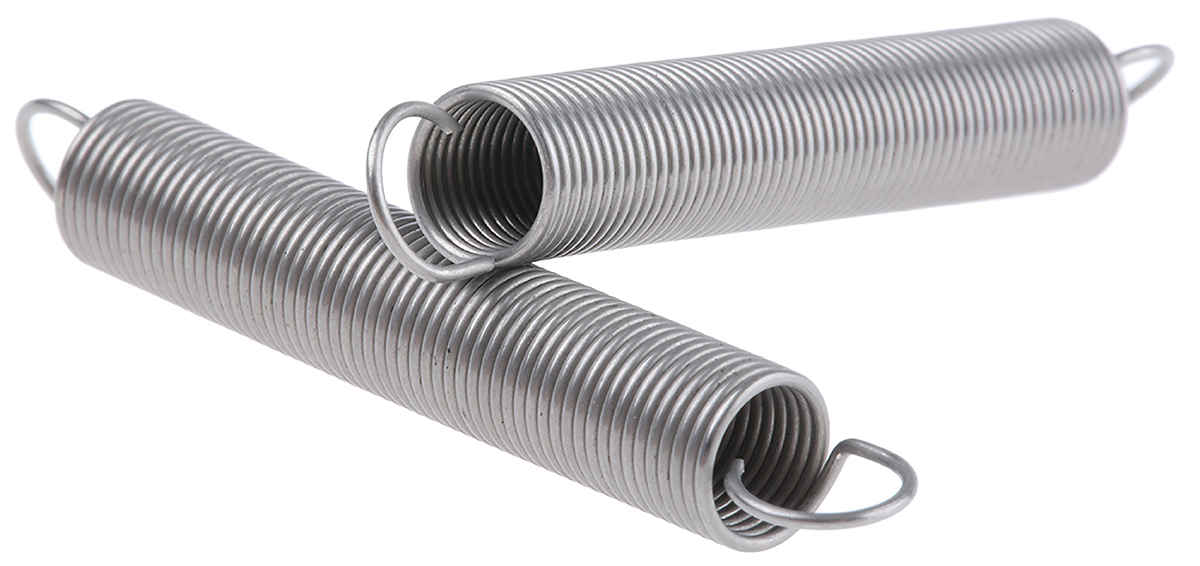
Extension Springs Guide